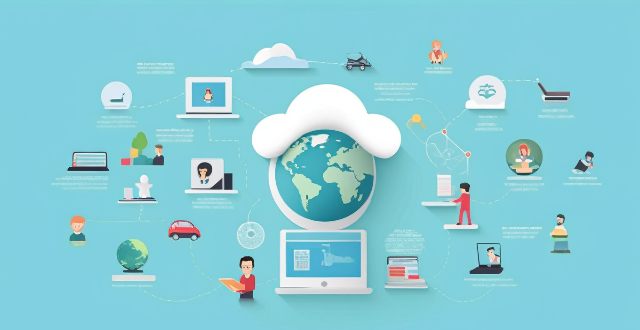Mobile apps can significantly contribute to earthquake detection and response by providing immediate alerts and enhancing the detection network. These apps use smartphone accelerometers to sense seismic waves, aggregate data from multiple devices, and rapidly identify quake epicenters. Key features include real-time alerts, customizable thresholds, and widespread infrastructure. Benefits include critical warning time and low implementation cost, but limitations such as dependency on user devices and infrastructure availability exist. Top apps like Google's Early Warning System and MyShake aid in earthquake detection, and best practices include ensuring proper configuration, staying updated, and active participation. Mobile apps offer a cost-effective solution for disaster response and management globally.

Can Mobile Apps Contribute to Earthquake Detection and Response?
Mobile apps can play a significant role in earthquake detection and response, offering immediate alerts and contributing to a larger detection network. The integration of such technologies into smartphones has the potential to revolutionize how societies handle seismic activities.
How Do Earthquake Detection Apps Work?
Earthquake detection apps utilize the accelerometers in smartphones to sense seismic waves. If the app detects vibrations that match the pattern of an earthquake, it sends this data, along with location information, to a centralized server. By aggregating this data from numerous devices, the system can rapidly identify and localize the epicenter of a quake. This process allows for faster dissemination of warnings to users in the affected area.
Key Features of These Applications Include:
- Real-time alerts: Users receive instant notifications when an earthquake occurs, allowing them to take immediate precautionary measures.
- Customizable thresholds: As seen in user experiences, apps often allow setting individual thresholds for alerts based on the time of day or specific requirements .
- Widespread Infrastructure: With enough users, these apps can create an extensive network that enhances the accuracy and speed of earthquake detection globally .
Benefits and Limitations
The primary advantage of using mobile apps for earthquake detection lies in their ability to provide critical seconds to minutes of warning. This lead time is invaluable for individuals to seek shelter or perform other life-saving actions. Additionally, the use of existing smartphone technology means that the cost of implementation is relatively low, making it accessible to people worldwide.
However, there are limitations to consider:
- Dependency on User Devices: The effectiveness of the system is directly proportional to the number of users who have the app installed and properly configured. Misconfiguration, as observed with some users not receiving alerts due to insufficient permissions or notifications settings , can hinder the system’s reliability.
- Infrastructure Availability: While initiatives like Google’s Android Earthquake Alerts system aim to build a global network, the accuracy and speed of alert delivery depend heavily on the density of devices in a given area .
- Technological Barriers: Not all individuals have access to smartphones or the latest apps, limiting the universality of this approach.
Top Apps for Earthquake Detection and Response
Several apps have been developed to aid in earthquake detection and response. Some notable ones include:
- Google's Early Warning System: Now integrated into Android devices, this system leverages ShakeAlert to deliver alerts directly to smartphones in California, USA .
- MyShake: Developed by the University of California, Berkeley, MyShake turns Android phones into earthquake detectors, contributing to a global network for seismic activity monitoring.
- QuakeAlert Network: A platform that uses crowdsourced data from app users to generate and distribute earthquake alerts in real-time.
Best Practices for Using Earthquake Apps
To maximize the benefits of earthquake detection apps, users should:
- Ensure Proper Configuration: Verify that all required permissions are granted, and notifications are enabled as advised by other users .
- Stay Updated: Regularly update the app to benefit from the latest features and improvements in detection algorithms.
- Participate Actively: Keep the app running and engage in the community to contribute data that can save lives.
Conclusion
Mobile apps have shown significant potential in detecting earthquakes and providing critical warnings to the public. By leveraging the power of existing smartphone technology and creating extensive detection networks, these apps offer a cost-effective solution to a pervasive natural hazard. While they come with certain limitations, the advantages—such as increased preparedness and potentially life-saving early alerts—outweigh the drawbacks. As technology continues to advance, it is likely that mobile apps will play an even greater role in disaster response and management globally.